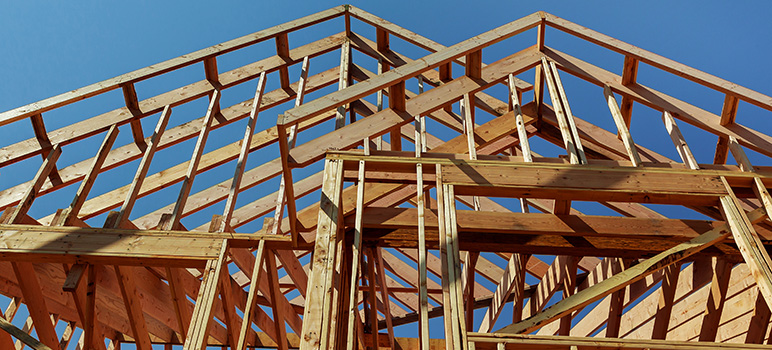At the start of the new year, a raft of new state housing laws kicked in. Whether you rent or own in the South Bay, here are some of the rules you should know about.
Rent Control Lite
Assembly Bill 1482, formally known as the Tenant Protection Act of 2019, includes an annual rent cap and various tenant protections. It was passed in October as a compromise between renters and landlords after several years of increasingly high-profile political skirmishes between the groups across the state.
Ultimately, no one seems perfectly happy with AB 1482. Tenants’ advocates say it’s too weak and landlords tend to cringe at any restrictions of their profits. The bill goes into effect on Jan. 1, 2020 and lasts through Jan. 1, 2030.
Notably, the bill’s author, San Francisco Assemblyman David Chiu (D-San Francisco), calls the new limit a rent cap, not rent control.
AB 1482 does cover more properties than were previously covered, but there are still some sizable holes in this bill.
Here are some, but not all, of the people who are not covered by AB 1482:
- Homes built in the past 15 years, determined on a rolling basis, including accessory dwelling units, also known as granny units.
- A duplex in which the owner occupies one of the units from the start of the rental agreement.
- Condos and single-family homes, unless they are owned by a corporation, a shell company owned by a corporation or a real estate investment trust.
If you are covered, the law sets an annual limit on rent increases at 5 percent plus the increase in the cost of living or 10 percent, whichever number is lower.
Between April 2018 and April 2019, the cost of living rose by 3.3 percent across much of the state, according to the California Department of Industrial Relations.
Under AB 1482, that means a landlord covered by the law could increase rent by 8.3 percent this year on units covered by the law.
AB 1482 also extends “just cause” eviction protections to tenants covered by the bill.
A landlord can now only legally evict a tenant for the following reasons: falling behind on rent, breaching the terms of the lease or committing a criminal act on the property.
Note: This is by no means a comprehensive guide to the law. Please do your own research on the new rules or contact an advocacy organization if you have further questions.
Bay Area Central Finance Authority
Another bill by Chiu, AB 1487, the San Francisco Bay Area Regional Housing Finance Act, empowers two existing regional bodies—the Metropolitan Transportation Commission (MTC) and the Association of Bay Area Governments (ABAG)—to put forward regional ballot initiatives to raise funds for housing and transportation projects.
In the past, that work has been done regionally, leading to differing patterns of development and land use across the Bay Area.
At its core, this is the latest skirmish in Silicon Valley’s war over “local control” of housing policy decisions. Under the current system, cities and counties are increasingly asking voters to consider affordable housing bonds at the ballot box.
Other Laws
In an effort to increase housing stock across the state, state politicians penned numerous other laws intended to boost housing production and protect vulnerable tenants. We cover a few here.
- The Housing Crisis Act of 2019 (SB 330): Written by state Sen. Nancy Skinner (D-Berkeley), this law would make local governments green light certain developments if they meet criteria laid out in the bill. It also caps the number of public meetings about an individual proposal at five.
- Source of Income Protection (SB 329): This bill bars landlords from choosing not to rent to prospective tenants solely because they use Housing Choice Vouchers, the government benefits for low-income renters.
- Easier ADUs (AB 68 and 69): These two bills, written by Assemblyman Phil Ting (D-San Francisco), alter the rules concerning the size of, and locations where ADUs can be built. These small, separated units, sometimes known as granny units, are thought to be a way suburban regions can increase housing density and affordability without building upwards.

